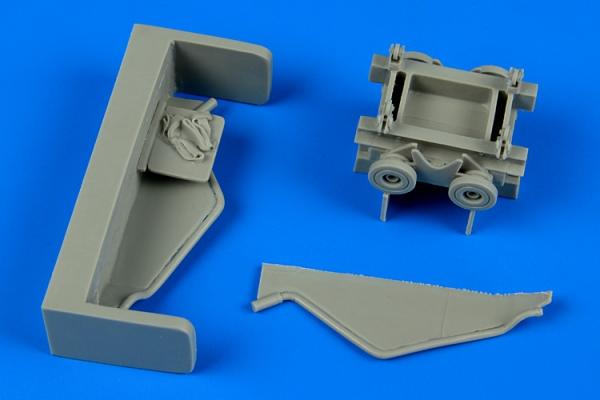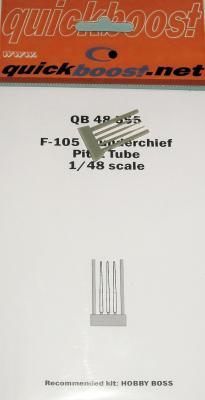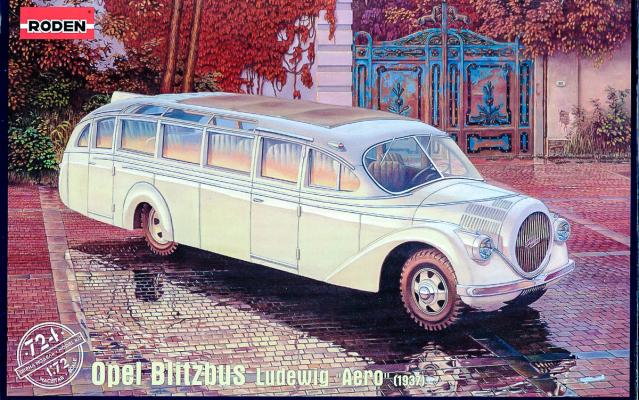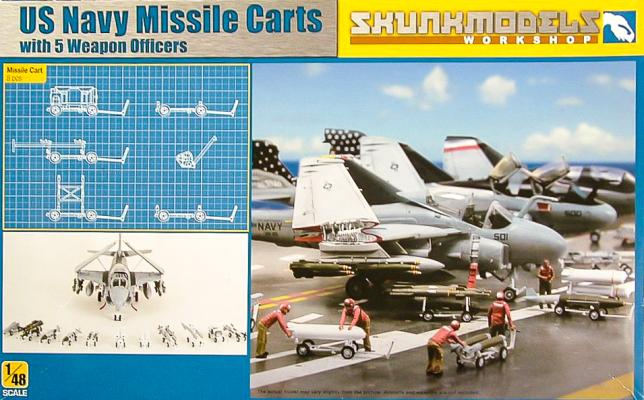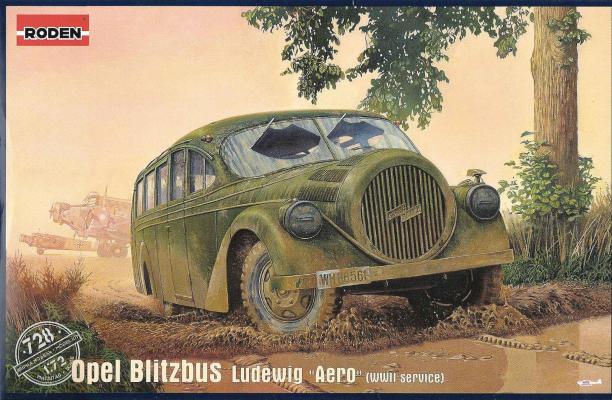Aerobonus continues their excellent diorama releases with a US Navy Torpedo loading cart. I searched the Internet and found out it was also used to load bombs. The kits is molded in four parts of Aires dark gray resin. There is the main body which is molded in one piece. There is a sizable pour stub to remove but it is all on the bottom and easy to remove. There is one sprue which contains both handles and a insert for the center with molded in straps. The handles are very thin and fine and they need very slow careful removal to make sure they don't break. The resin is good to work with and with some patience, I removed them slowly and sanded the parts off. The insert goes into the center easily. The handles are left and right so make sure they spread enough to get a weapon between them. I glued them in and called the build finished.
Welcome to the IPMS/USA Reviews site!
Introduction: The primary organization of the IPMS/USA Review website is by IPMS/USA National Contest Class. Within each Class there are sub-menus by kits, decals, books, etc. The Miscellaneous Class is for items that are not class specific or that cross two or more classes.
IPMS/USA Members: We encourage you to submit reviews, both here and to the Journal. To volunteer for membership in the IPMS/USA "Reviewers Corps" and submit your own reviews, please read the Guidelines For Submitting Product Reviews.
Manufacturers, publishers, and other industry members: IPMS/USA is pleased to offer your company the opportunity for product reviews. All product reviews are performed by IPMS/USA members, and are posted in the publicly-accessible section of our website. With very few exceptions, we perform full build reviews of new kit releases, aftermarket products, and supplies. If you would care to provide product samples for review, please contact John Noack, IPMS/USA 1st VP.
To learn more about IPMS/USA, please see our About Us page.
Quickboost has released a set of pitot tubes for the Hobbyboss 1/48th scale F-105. This set is a single sprue of three pitot tubes cast with covers on each side to protect them. The usage is simple; cut the needed pitot tube off and attach to the model. I show it in the photos below beside the Revell kit I also completed for review. There are no seam lines -- so cut, glue and paint.
Whether you have broken a pitot tube off, or want to prevent it, this is a nice set for that purpose. And you get three pitot tubes, so there is a reserve. This is a recommended set. My thanks to Aires and IPMS/USA for the review sample.
Background
Prior to World War II, Adam Opel AG was the largest automobile and truck manufacturer in Germany. Their 3.5 ton truck, known as the Blitz, was well respected, and its chassis was used by many body builders to produce special vehicles. The subject of this kit is the streamlined “Aero” bus produced by the Ludewig Brothers. These medium size busses were used to transport people from city to city along the autobahns. This design had seating for twelve passengers in the front, setting at an angle in individual seats, plus a separate “cabin” area at the rear where eight more passengers could sit facing each other. It is an interesting design. During my research for this write-up, I found several interesting web sites related to the Opel Blitz. One is http://www.pietvanhees.nl/blitzbus/index.htm, which has lots of good photos and background material.
Any modern flightline, including the deck of a carrier, has a collection of specialized vehicles and carts used for the movement and servicing of the aircraft. Skunk Models Workshop has been offering a steady stream of accessories for the modern jet-age modeler who may want to create a diorama or pose a few items of equipment around the aircraft for visual interest. This latest offering by Skunk Models Workshop is a collection of weapons carts used by the US Navy in the arming of aircraft prior to a mission or the de-arming of aircraft post mission. Called yellow gear due to its historical color, all of the flightline equipment is now white.
According to the blurb on the side of the kit box, the Opel Blitzbus Ludewig “Aero” was built during the mid 1930’s. The vehicle was made on the chassis of the Opel Blitz 3-ton truck in the workshop of the Ludewig brothers. The actual vehicle’s swoopy futuristic exterior lines were paired to a luxury interior and was not only used for transportation purposes but as a propaganda tool as well. Not many were produced due to the (even then) high cost of production. This particular kit represents the militarized version used for the transport of high ranking Wehrmacht officers on the Eastern Front during WWII.
The Box
The 6’” by 10” box features the dreaded end flaps, rather than a separate top. The box top features a cool painting of an olive green colored Aero ripping down a muddy road. Painting and marking instructions appear on the bottom of the box.











